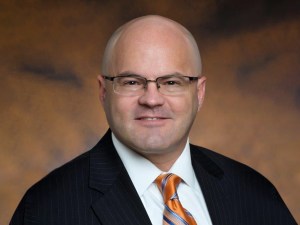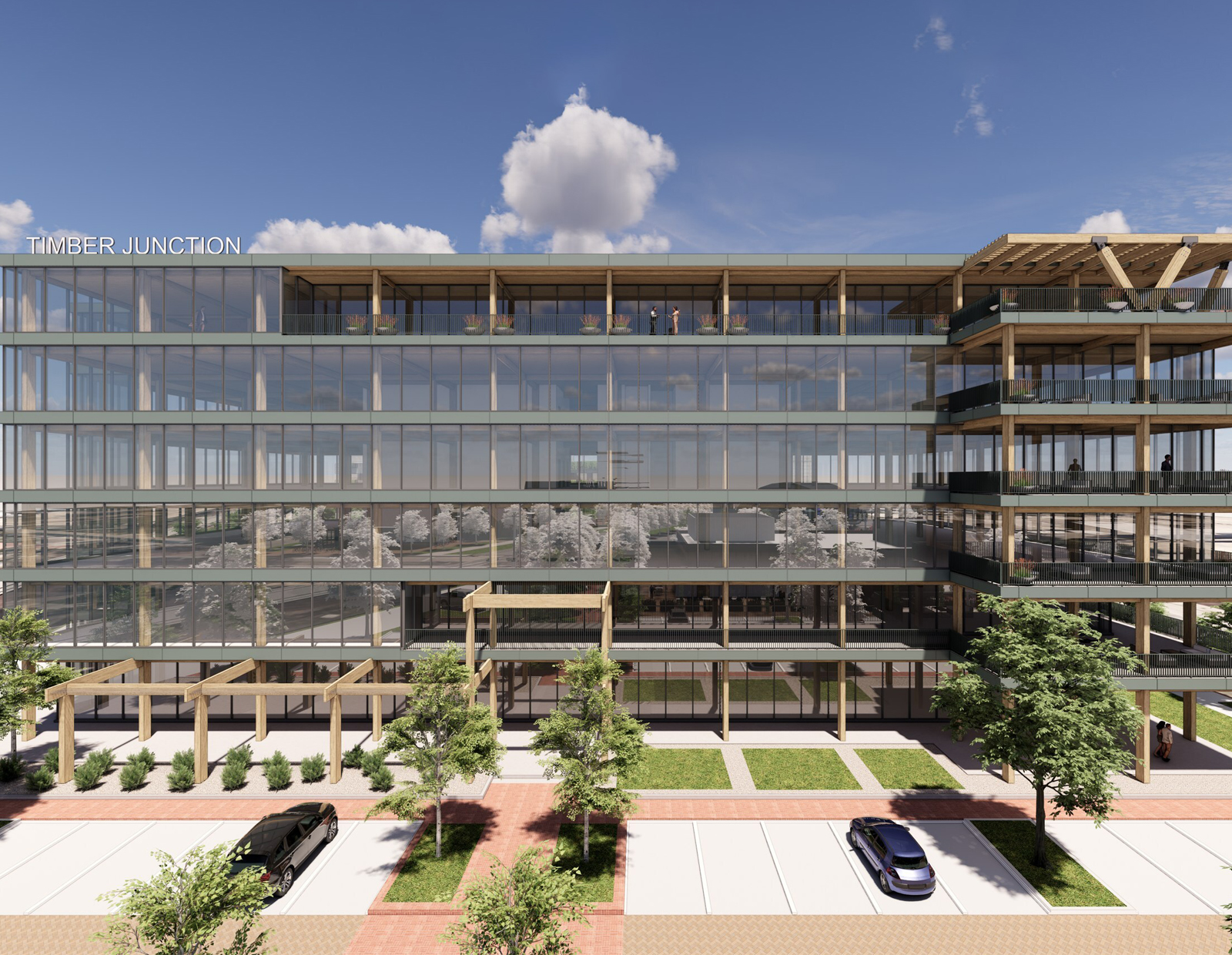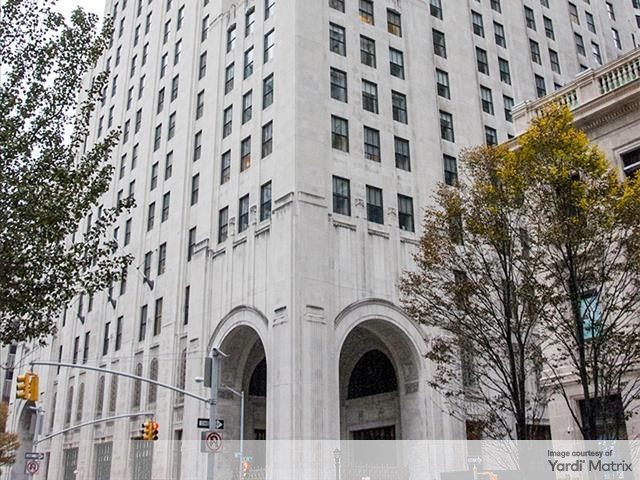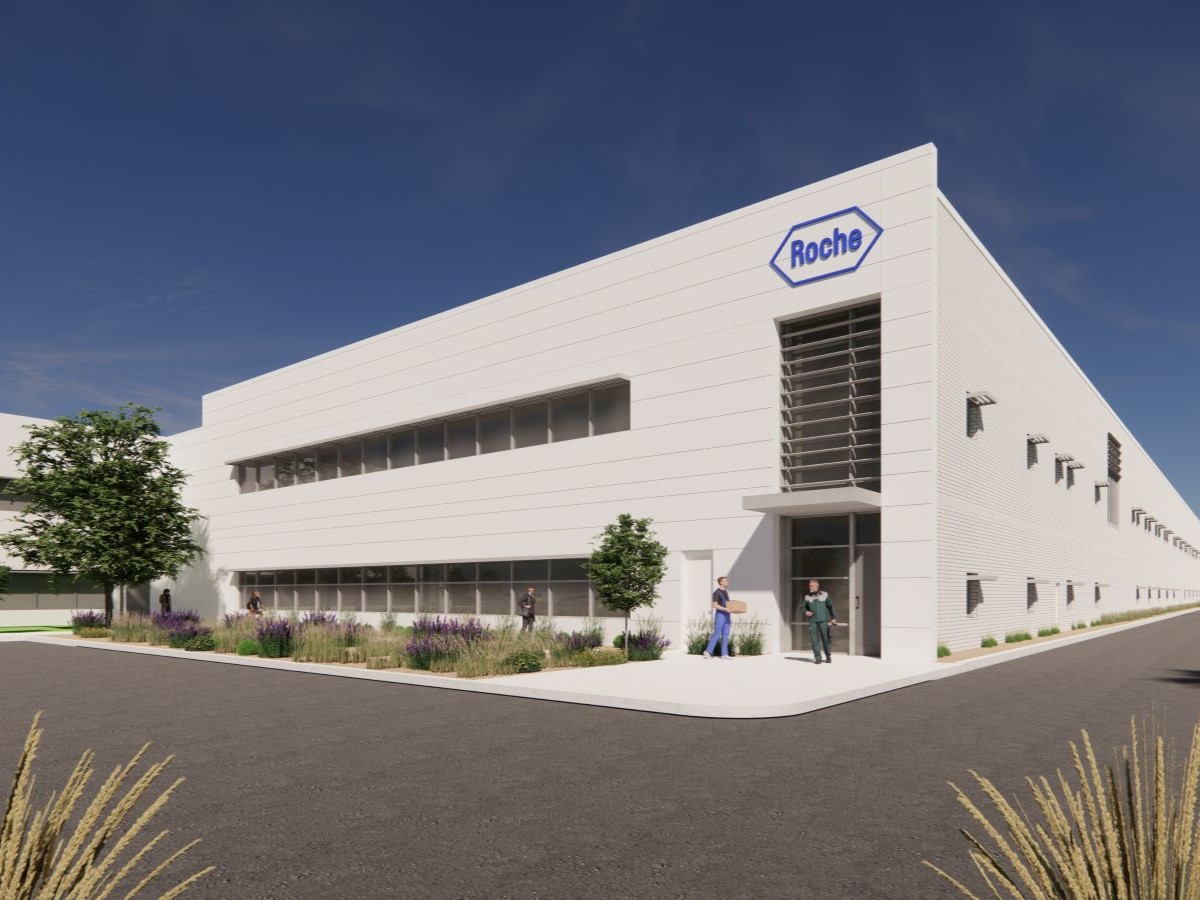The CLEEN Project: Building the Best Ideas for Climate Change Strategies
Experts share details about an innovative effort to help communities get ready.
In the race toward a sustainable future, a sea of ideas arises, offering possible solutions to the major environmental problems threatening the world as we know it. If left unorganized, these ideas risk facing a short-lived fate and eventually could end up polluting the media space.
To avoid such mishap, the Clean Economy Employment Now project collects the best ideas for implementing the Green New Deal from scientists and civil society actors across the globe. The ideas are then integrated into a database and handed over to the U.S. government to support leaders in finding the best ways to create clean economy jobs. In turn, this will get us closer to reaching climate change goals.
Commercial Property Executive talked to Dr. Timothy Unruh and Ben Evans about the Mission Critical Facilities Renewal project. Unruh and Evans are two of the minds behind the project, which was voted one of the top three ideas to prepare communities for climate change.

Dr. Timothy Unruh, Executive Director, National Association of Energy Service Cos. Image courtesy of National Association of Energy Service Cos.
Dr. Unruh, an engineer by trade who has worked in building efficiency for more than two decades, is the executive director of the National Association of Energy Service Cos., an advocacy and accreditation organization for Energy Service Cos., dedicated to improving the country’s building infrastructure through performance-based contracting. Previously, he served as the deputy assistant secretary at the U.S. Department of Energy.
Evans was recently hired as the U.S. Green Building Council’s federal legislative director after holding a similar position at the Alliance to Save Energy. He’s a Washington veteran with more than 20 years in service. Last year, Evans worked with the Clean Energy for Biden group on developing and coordinating policy priorities around energy efficiency and buildings.
The two experts collaborated with Jennifer Schafer of the Federal Performance Contracting Coalition and Joseph Womble of Alliance to Save Energy on drafting the Mission Critical Facilities Renewal project.
Targeting the largest carbon emitters in the U.S.
The Mission Critical Facilities Renewal project was inspired by public buildings and their essential role in our society. Although digitalization is gaining ground, we still depend on these buildings for everyday needs, from necessities such as obtaining a driver’s license, to more serious support, such as finding shelter during natural disasters.
The pandemic highlighted just how vulnerable these properties are, with many of them being repurposed into vaccination centers. They have been neglected for years, and many are decrepit and have inefficient equipment, making government infrastructure the largest emitter of emissions in the country, according to Unruh.
READ ALSO: Carbon Reduction, a Vital Part of Any Recovery Strategy
The idea behind this proposal is basically a variation of what has been introduced in Congress as the Open Back Better Act, explained Evans. The Mission Critical Facilities Renewal proposal asks Congress to appropriate funds to make resiliency improvements, along with efficiency upgrades to public buildings.
“Under our plan, every $1 of federal investment in energy efficiency retrofits leverages at least $4 in private investment—it’s a cost-effective measure for making our federal buildings more efficient and resilient,” detailed Unruh.
Exponentially, the proposal calls for $20 billion in federal funding. “But we think it would leverage more than $100 billion in activity through performance contracting and other public-private partnerships around the energy efficiency work,” added Evans.
The cost savings from the efficiency improvements can more than pay for themselves over time, while making health and resilience improvements simultaneously can significantly cut costs of the overall project—for example, replacing the HVAC equipment at a school with a high-efficiency system that can also deliver improved air quality, explained Evans.
Moreover, the Mission Critical Facilities Renewal project would create jobs, particularly across the clean energy, manufacturing, building services and construction sectors.
“It empowers small and minority-owned energy service contractors and building equipment suppliers, and incentivizes innovation across the energy efficiency industry,” stated Unruh.
A joint effort against climate change
Evans hopes their idea will become a law. The Open Back Better Act is pending in Congress, along with a number of other USGBC-supported initiatives such as including improved tax incentives for efficiency improvements and allotting funding for green schools and sustainable affordable housing.
“Overall, the USGBC supports policies and programs that pave the way for more efficient and resilient buildings and communities, which aligns with the organization’s vision that healthy people in healthy places equals a healthy economy,” Evans noted.
Combating climate is considered an issue of great personal importance by 25 percent of Americans, according to a 2020 survey by researchers at Stanford University, Resources for the Future and ReconMR. Roughly 82 percent of U.S. residents believe human activity is the primary cause of climate change.
READ ALSO: LEED Zero Projects From Coast to Coast
To combat it, an alliance that brings together the private sector, policymakers and citizens is needed. The private sector is clearly ahead of Washington—in both recognizing and acting on the climate challenge—and political will is also changing, according to Evans. While we have not seen strong federal policy, despite significant evidence of the impacts of climate change, there have been pockets of progress.
“We know that more and more members of Congress acknowledge climate change but are still unsure about responses that could impact their constituents and, in some cases, policymakers are debating the role of the federal government in this crisis,” noted Evans.
What’s certain is that there can’t be real progress with just the private sector’s involvement. “The politics is hugely important to get to those actions. Presumably, with the kind of weather events we’re seeing lately, more people will begin working toward solutions,” Evans said.
Even though political will can help greatly with the process, there are still things the rest of the world can do and is doing. “In my industry alone, performance contracting with ESCOs complete at least $7 billion a year in energy efficiency and renewable energy measures that help fight climate change,” Unruh mentioned.
Focus on the positives
An increasing number of companies and governments have set up plans for decarbonization by 2050, and it’s quite satisfying to see that the ranks of those joining the climate change battle are thickening, but one pressing question remains: “Won’t it be too late—too far into the future?”
“I believe we need to celebrate everyone that makes a goal to combat climate change,” responded Unruh. “But it’s important to acknowledge that doing so requires a significant amount of effort, investment and time. For example, renewable energy and energy efficiency investments require not only financial investment but also physical equipment that needs to be changed, altered and installed to make this happen—all of which takes time to complete.”
Companies and governments should set measurable, actionable goals. Organizations such as the USGBC have the tools and resources to help businesses achieve those goals. However, the plan needs to include a sense of urgency, Evans told CPE, adding that cutting emissions in half by 2030 is not easy, but it is achievable.
“The good news is that if we do it, we will unleash enormous amounts of economic activity and innovation. In the building space alone, the policies we’re talking about would create hundreds of thousands of jobs in construction, building trades, engineering, design and other fields,” continued Evans.
Buildings are massive contributors to greenhouse gas emissions and energy efficiency is an elementary solution. In fact, energy efficiency and renewable energy are or could be the best partners, said Unruh. “We need to increase efficiency as much as possible by lowering the amount of energy we need to generate. Then we can apply renewable energy to the remaining energy use.”
To achieve net-zero emissions by 2050, Evans believes we will also need to build more sustainable homes and buildings that are adapted to changing conditions and protect health along with the climate; decarbonize the electric grid with carbon-free power; transform the transportation sector with electric vehicles, improved mass transit and better urban planning; and improve efficiency and find new technologies for the industrial sector.
READ ALSO: Building Performance Standards Are de Rigueur for the Future
LL97–an example to follow
New York’s Local Law 97 is a promising approach for jurisdictions to achieve their carbon emissions goals as it banks on building performance standards. This method is technology neutral and includes both existing and new properties.
“It is estimated that two-thirds of the buildings that exist today will still exist in 2050. We must address the significant impact they have in our community,” said Evans.
Its only downside is stated in its name: It is local. Such bold legislation to reduce the carbon emissions from the built environment is essential across the U.S.










You must be logged in to post a comment.